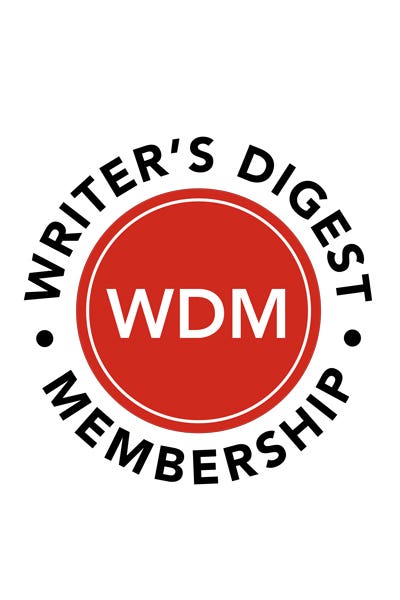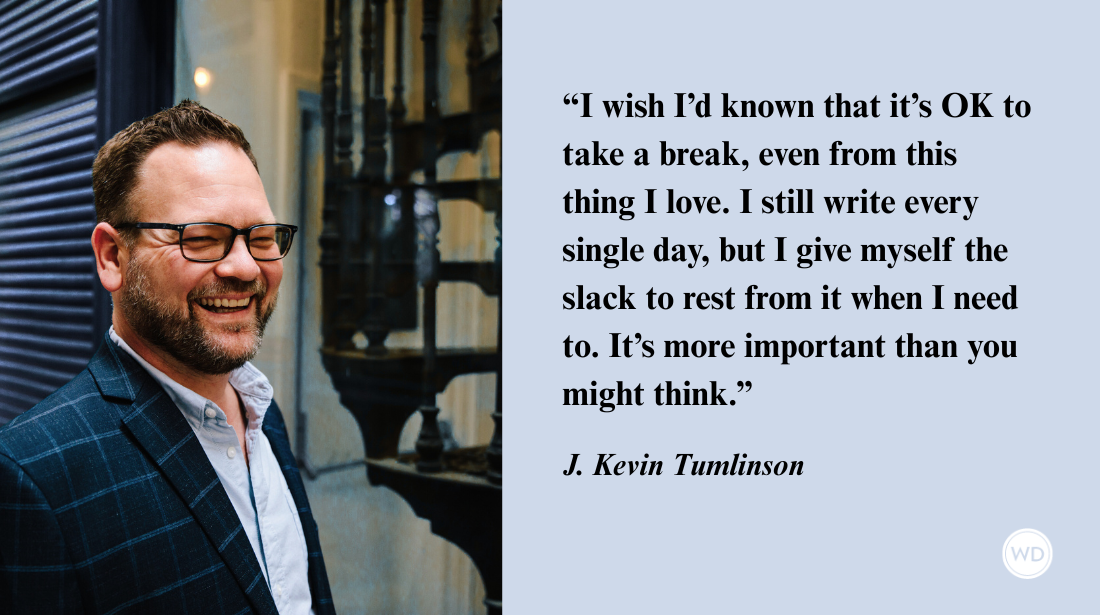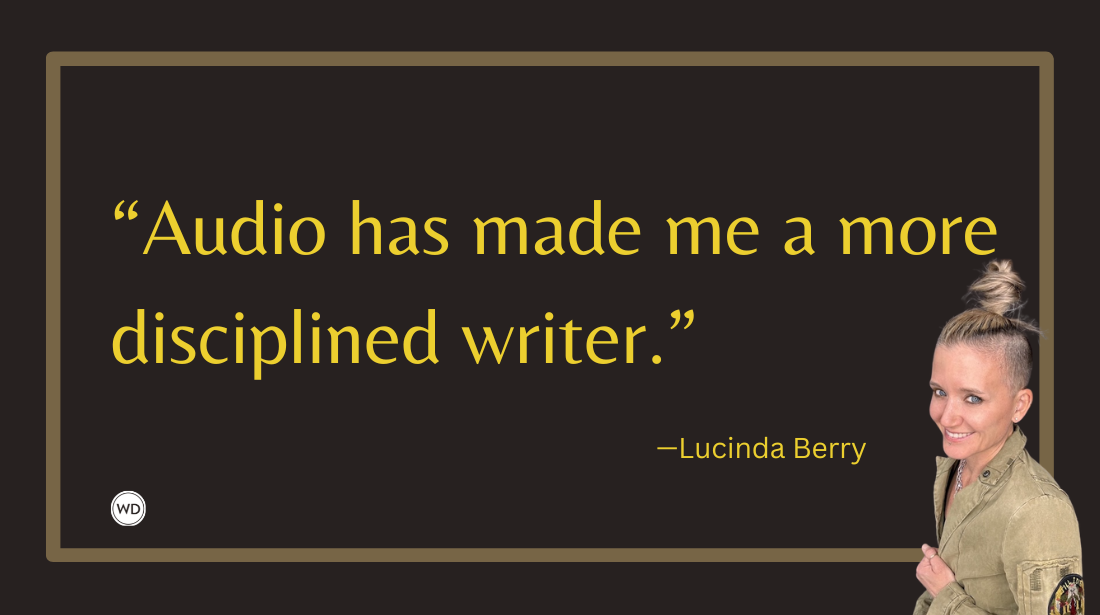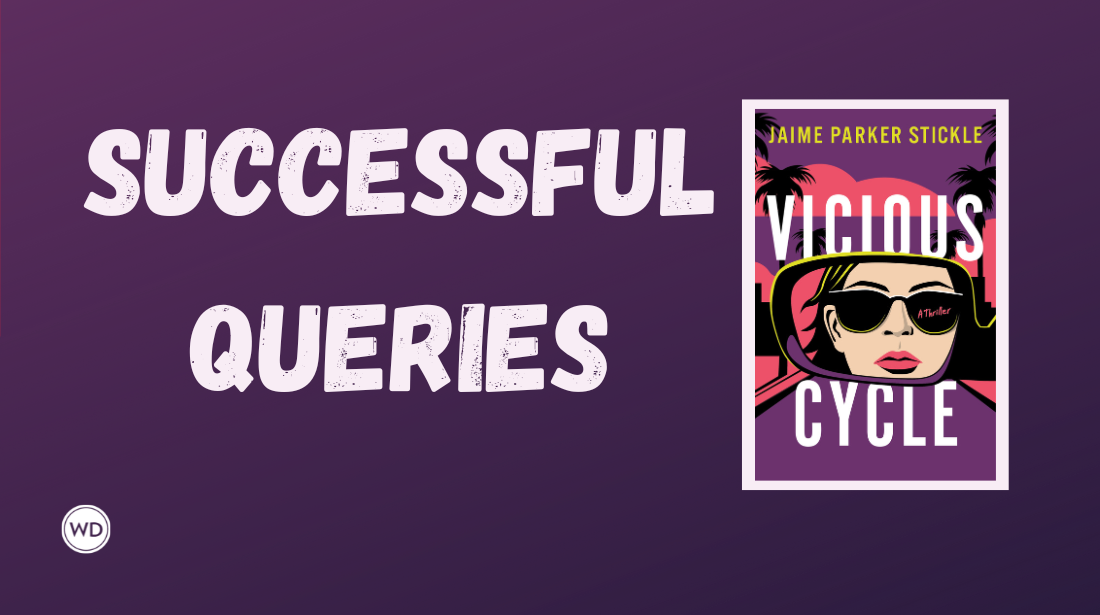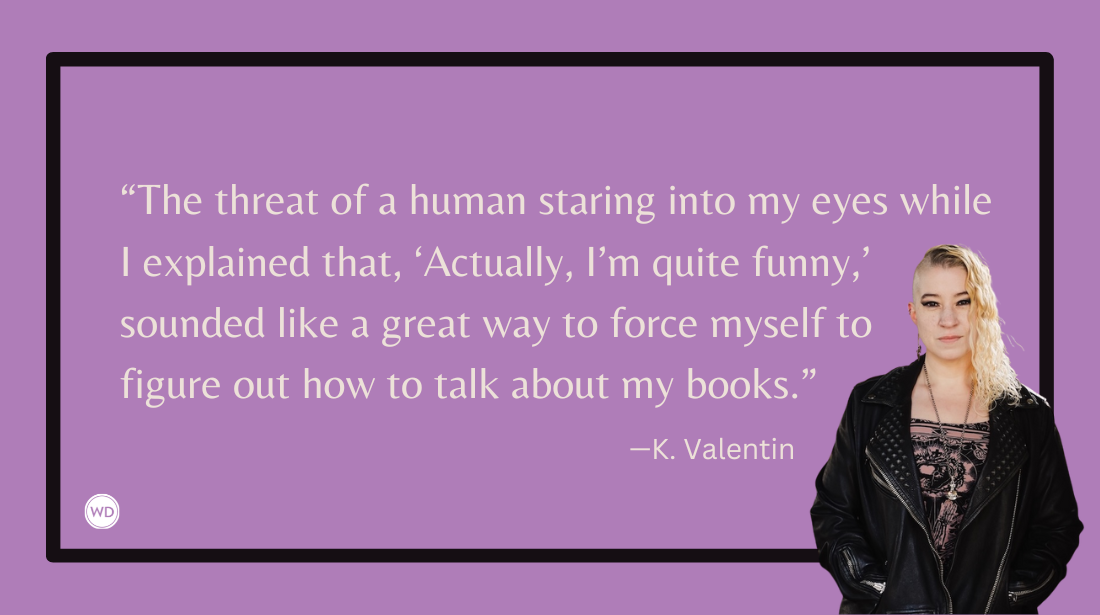To Succeed at Your Art, Know How to Play Well in Business
This week I’m in a somewhat philosophic frame of mind; maybe it’s because I’m facing new challenges at my job that stretch the boundaries of what I once thought I…
This week I'm in a somewhat philosophic frame of mind; maybe it's
because I'm facing new challenges at my job that stretch the boundaries
of what I once thought I could enjoy.
In my early days as an acquisitions editor for F+W Media, I found this quote by David M. Ogilvy:
In
the modern world of business, it is useless to be a creative original
thinker unless you can also sell what you create. Management cannot be
expected to recognize a good idea unless it is presented to them by a
good salesman.
Up until the time I read this
quote, I had primarily thought of myself as one of those
creative-artistic stereotypes who disdained the numbers and focused on
aesthetics, and art for art's sake.
Frankly, that became boring fast.
What
became more interesting was: How can I create something that is
exciting to me and other people? And like Ogilvy says, unless you learn how to speak the language of upper management (or the gatekeepers), you won't get far
with your ideas. You can speak one language to creative people, but you need
to frame things differently for people who make financial
decisions. E.g., when you walk into your bank and ask for a loan to
fund your wonderful idea, it's always in relation to making a profit (for you and the bank).
Same thing in publishing when you approach an editor or agent.
The
writers who succeed fastest in selling a project are the ones who can
get in this business model mindset—not necessarily the writers who are
most talented.
At F+W, I'm now in the process of building a
spring forecast that estimates how we think we will perform this year
against our original budget. It makes you think hard about what you're
doing, why you're doing it, and how to change what you're doing to
produce better results next time. Without such an evaluation, how can
you be pushed to your fullest and most creative extent? As Robert Frost once said about writing verse, you need to have a net.
Put
another way: If you're rejected continually, do you think of a better
way to present your business case, or do you assume that people have
shunned art or not really seen your brilliant talent? Most likely,
people are not shunning art or talent. They are shunning what hasn't been
presented to them in a compelling or beneficial way. You have to know
what your audience responds to.
Fortunately, writers who know how to put themselves in the shoes of another—who are excellent at that thing called empathy—should be able to recast, reframe, revise their ideas so they make sense to anyone, no matter what their mindset. Use your imagination. What does the other person want to hear?
Remember, people usually enjoy saying yes.
Even better, they enjoy delivering an excited, definitive, "Yes!"
Give them a great reason to say it.
Jane Friedman is a full-time entrepreneur (since 2014) and has 20 years of experience in the publishing industry. She is the co-founder of The Hot Sheet, the essential publishing industry newsletter for authors, and is the former publisher of Writer’s Digest. In addition to being a columnist with Publishers Weekly and a professor with The Great Courses, Jane maintains an award-winning blog for writers at JaneFriedman.com. Jane’s newest book is The Business of Being a Writer (University of Chicago Press, 2018).



